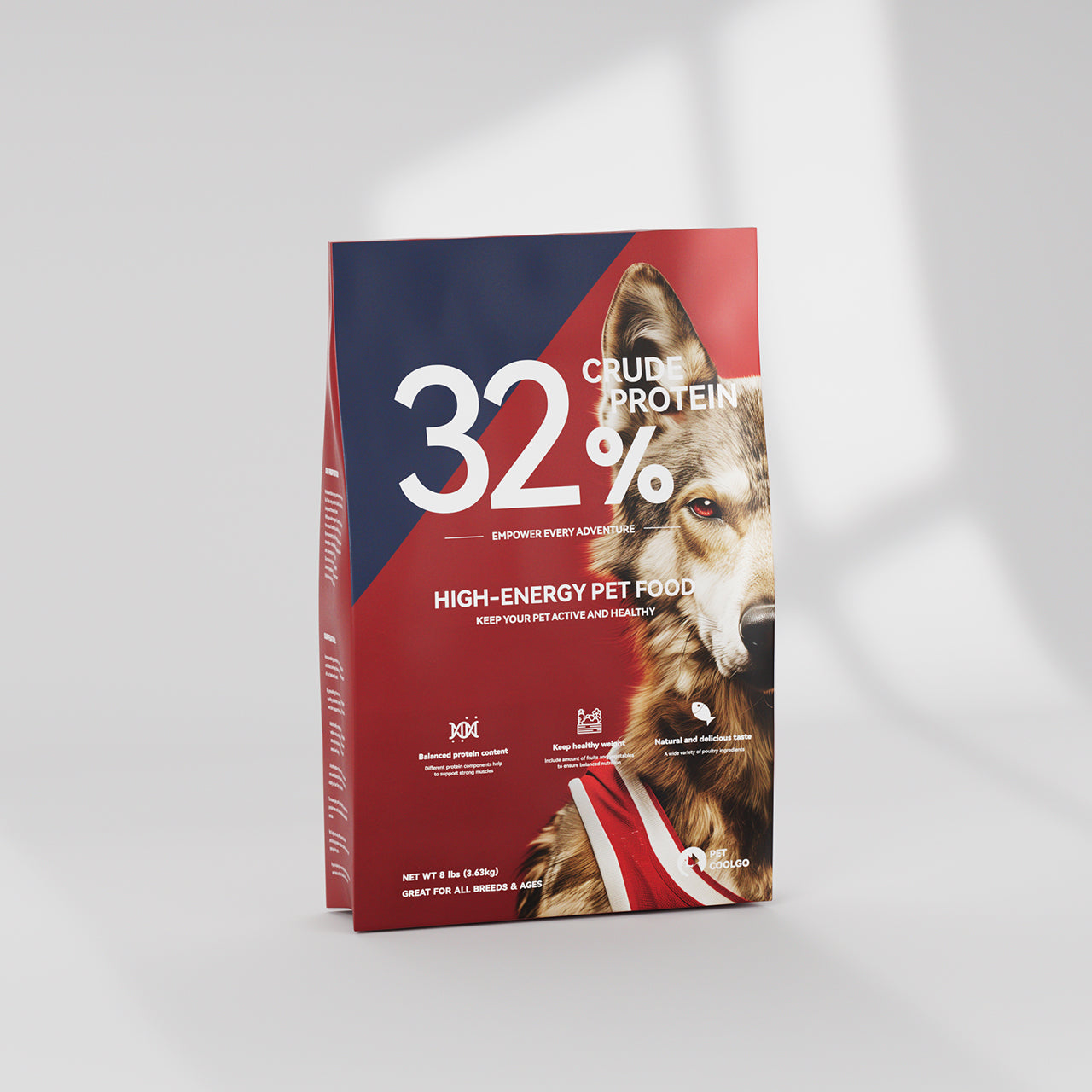Unlock the Secret to Affordable and Nutritious Dog Food Choices!
Providing healthy dog food is one of the most important responsibilities of pet ownership, yet many pet owners face the daunting challenge of balancing nutrition with budget constraints. With rising costs in many areas, it's natural to worry about how to afford high-quality dog food that nourishes our furry friends. The growing interest in grain-free options has made this balance even more crucial. Grain-free dog food is often perceived as a premium choice, leading many to question whether they can find budget-friendly options that still maintain nutrition. As a loving pet owner, understanding how to navigate this landscape can help ensure your dog thrives without straining your wallet.

Understanding Dog Nutrition
To provide the best care for your dog, it's essential to understand their basic nutritional needs. Dogs require a balanced diet that includes proteins, fats, carbohydrates, vitamins, and minerals. Proteins are vital for muscle development and repair, while fats provide energy and support skin and coat health. Vitamins and minerals play crucial roles in ensuring proper bodily functions and overall health. Grain-free dog food has gained popularity as it eliminates grains such as wheat and corn, which some dogs may find hard to digest. This type of diet can be particularly beneficial for dogs with grain sensitivities or allergies, as it often includes alternative carbohydrate sources like sweet potatoes or peas that can be easier on their digestive systems. Understanding these nutritional components allows pet owners to make informed choices that cater to their dog's specific needs.
Benefits of Grain-Free Dog Food
Choosing grain-free dog food can come with several advantages. One major benefit is improved digestion; many dogs that struggle with grains may experience discomfort or gastrointestinal issues. By switching to a grain-free diet, pet owners often report a noticeable improvement in their dog's digestion and overall energy levels. Additionally, grain-free options can help reduce the risk of allergies and skin irritations, as grains can be common allergens for many dogs. The inclusion of high-quality protein sources and vegetables in grain-free diets supports a dog's overall health, contributing to a shiny coat, healthy skin, and increased vitality. When considering a change in diet, it's important to monitor your dog's response, as each dog is unique and may react differently to various food types.
Finding Affordable Healthy Dog Food
Finding budget-friendly yet nutritious dog food is a common concern for many pet owners. Start by reading labels carefully to understand the ingredients and their quality. Look for dog foods that list a high-quality protein source as the first ingredient, as this indicates a meat-rich formula. Avoid products with excessive fillers, artificial additives, or by-products. Comparing different brands can also lead to discovering affordable options that don’t compromise on nutrition. Additionally, consider purchasing from local suppliers or bulk buying, which can often lead to significant savings. It can be helpful to consult with your veterinarian, who can recommend specific brands or formulations that fit your dog's dietary needs while still being budget-friendly.
Homemade Alternatives
If you're looking for even more cost-effective solutions, making homemade dog food can be a rewarding option. Simple recipes can include ingredients such as lean meats, vegetables like carrots or peas, and grains like brown rice or quinoa. Always ensure that any homemade meals are balanced and meet your dog’s nutritional needs. A friend of mine began making homemade dog food for her Labrador, combining ground turkey, sweet potatoes, and spinach. She found it not only saved her money but also allowed her to control the quality of ingredients her dog consumed. However, it's essential to consult with a veterinarian or a pet nutritionist to ensure that all necessary nutrients are included.
Puppy Nutrition Considerations
Puppies have unique nutritional needs that differ significantly from adult dogs. They require a diet rich in proteins and calories to support their rapid growth and development. When selecting the best dry dog food for puppies, look for formulations specifically designed for their life stage. These foods typically contain the right balance of nutrients essential for developing strong bones and muscles. It’s important to remember that while you may be tempted to opt for more affordable options, the quality of the food can greatly impact a puppy's health and growth. Discussing your puppy's dietary needs with your veterinarian can guide you toward the best choices that fit within your budget.
Summary of Key Insights
In conclusion, navigating the world of dog food can seem overwhelming, especially when trying to find affordable and nutritious options. Understanding your dog's nutritional needs, considering the benefits of grain-free diets, and exploring budget-friendly brands are all essential steps in providing a healthy diet for your pet. Additionally, homemade alternatives can serve as a cost-effective solution that allows you to have complete control over your dog's meals. Remember, with a little research and creativity, you can ensure that your beloved canine companion receives the nutrition they need without breaking the bank. Your dog's health and happiness are worth every effort!






Comments